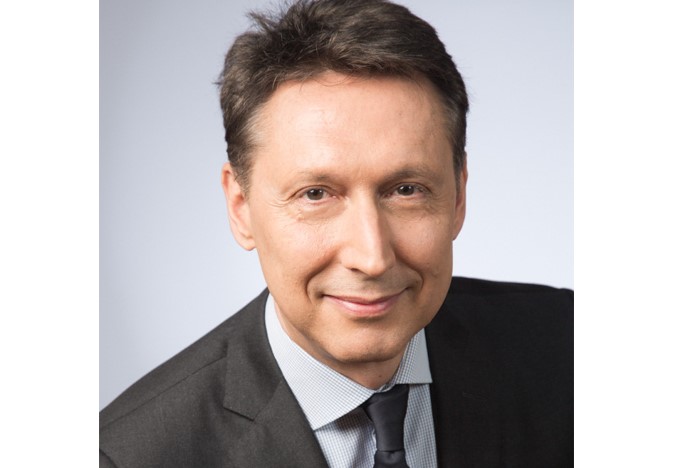“Putting money back to work” was the theme under which Oddo BHF AM recently presented its macroeconomic and market outlook in Madrid for the next four months. Laurent Denize, the firm’s Chief Investment Officer, led the presentation, focusing on three concepts investors should consider to capitalize on market trends: rotation, duration, and carry.
Denize clarified that Oddo’s stance aligns largely with market consensus, with a few nuances. Their outlook comprises four key points: a soft landing for the global economy, a continuation of the gradual trend toward disinflation seen over recent quarters, further interest rate cuts from the Federal Reserve and the ECB, and an increase in geopolitical risk, especially in the Middle East and in the lead-up to the U.S. presidential elections in November. However, Denize emphasized that the elections’ outcome is less concerning than the U.S. fiscal deficit, which he deemed “worrisome.” He also highlighted Germany’s risk of deindustrialization due to its anti-nuclear policy and growing reliance on Chinese imports, and France’s political instability and high government deficit, leading to significant tax hikes.
In this context, how can investors safeguard their portfolios? “We’re seeing that flows and market positioning are increasingly important,” Denize commented, pointing to the concentration in markets like the U.S. He believes that “valuations appear attractive, but EPS expectations are unrealistic,” which could lead to a rapid rotation.
Denize describes a landscape of rising volatility, declining liquidity, and investor indecision, yet with rich valuations across many market segments. He suggests these factors explain “the significant yield discrepancy between fixed income and equities,” arguing that “bond positioning doesn’t make sense” given the anticipated curve normalization. “We need to look for duration where it’s cheap, and today, that’s in equities, not debt,” he concluded.
Betting on Secular Trends
To navigate this environment, Oddo recommends focusing on secular investment trends. Denize points to the rise of artificial intelligence (AI) as the first such trend, noting its impact on capex could be pivotal: “We see a valuation gap between less capital-intensive companies and those investing heavily in AI. Interest is shifting from semiconductor manufacturers to software.” He anticipates that AI will drive further growth in trends like reindustrialization and robotics as a means to counter demographic shifts.
Two other secular trends noted by Denize are the growth of the healthcare sector—partly due to AI and scientific advances that enable better diagnostics and new drug discoveries—and the green economy. Specifically, Denize predicts “a rally” in green energy, driven by electrification over other energy sources, and stated, “The market is being very complacent about changes in the energy mix.”
The final secular trend mentioned by Denize is the emergence of new consumption patterns, tied to the widespread adoption of new payment methods. Oddo also anticipates a recovery in the luxury sector by 2025.
Due to these trends, Oddo recommends a defensive positioning for the coming months, favoring stocks tied to utilities, real estate, basic consumption (such as food and beverages), and construction, as they are well-positioned to benefit from both the rate-cut cycle and the trends in electrification and energy transition.





 For Fórmate a Fondo
For Fórmate a Fondo